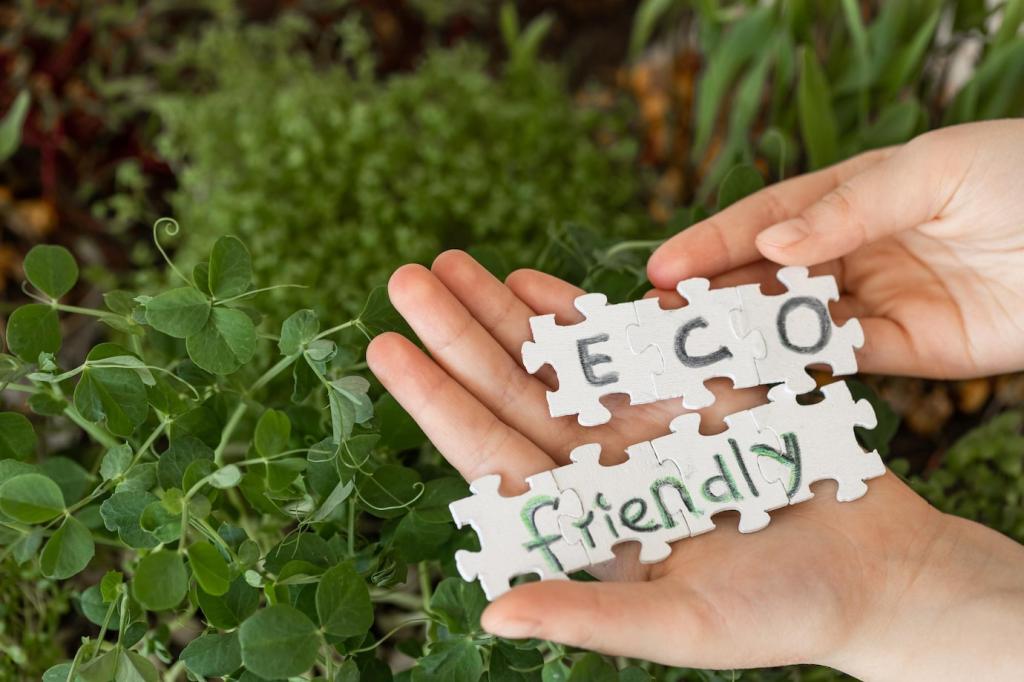Finishes, Adhesives, and Healthy Interiors
Linseed and tung oils, natural waxes, and shellac provide protective beauty while remaining repairable. Thin, re-coatable layers age gracefully and avoid trapping moisture in sensitive fibers. Test for stain resistance in kitchens and cafés, and share your maintenance routines so others can balance patina with practicality.
Finishes, Adhesives, and Healthy Interiors
Milk-protein (casein) glues, soy-based adhesives, and modified starch systems bond wood, mycelium skins, and bio-fiber mats. They allow eventual biodegradation without toxic residues. Clamp times matter: slow cures can mean stronger joints. Report your open times, humidity considerations, and long-term performance to guide fellow makers.





